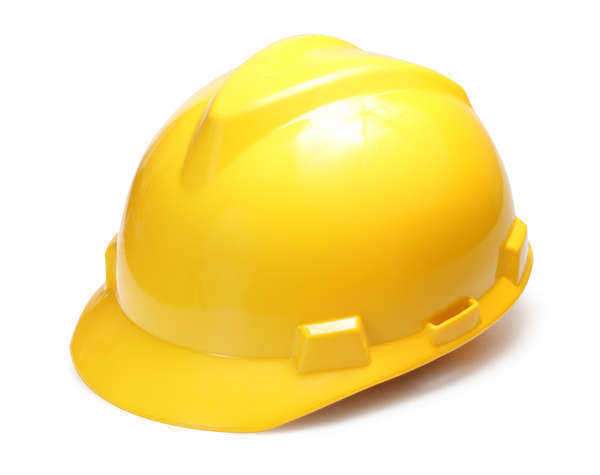A Guide to Appurtenant Easements

Appurtenant easements are easements that benefit a piece of land and its respective owner (when compared to a contrasting owner’s piece of land.) These easements are attached to the real property and can be transferred if a sale of the land occurs. The major reason behind most appurtenant easements has to do with the “right of way” easement, and granting the passageway through a property.
First, in regards to appurtenant easements, they must be agreed to by both land owners before proceeding in creating one. If the owner of the land where the easement would lie denies the stipulations, the matter can be resolved in court-usually with a lawsuit from the person attempting to request that the easement be created. The owner of land looking to create the easement is known as the dominant tenement, and the owner who’s land the easement would lie on, is known as the servient tenement. In this case, the dominant tenement is the beneficiary in the matter.
The servient simply is providing the other tenement the right to use his/her land whether amicably or forcibly, and must allow the easement to be built on their property. When the dominant tenement has no choice but to create an easement, such as an example if their property was landlocked, and needed access to a road, this would be known as a specific easement or easement by necessity. Also, if the dominant tenement chooses to sell their property to another owner, then the easement would be attached with the sale, as mentioned before. However, the same rules do not apply for a servient tenement (depending on circumstances.)
Certain circumstances could lead the new servient tenement to argue the existence of the easement (if applicable), if the reason in this case has become irrelevant with time or purpose. Having an easement on a property as a servient tenement, can hurt their chances of reselling the property. Not only that, but it can severely diminish the property value. This is because, new owners, who would look to develop a property or build a new structure, are severely limited by their contractual obligations.
Appurtenant easements can also exist between commercial property owners and residential property owners. For instance, a shopping center has a private road standing between their location and a main road. The company wants to have access for its customers to that road, which would constitute the introduction of an easement. Once this easement is created, the dominant tenement would be the shopping center. This would in turn, entitle the benefit of the easement to the shopping center.


















